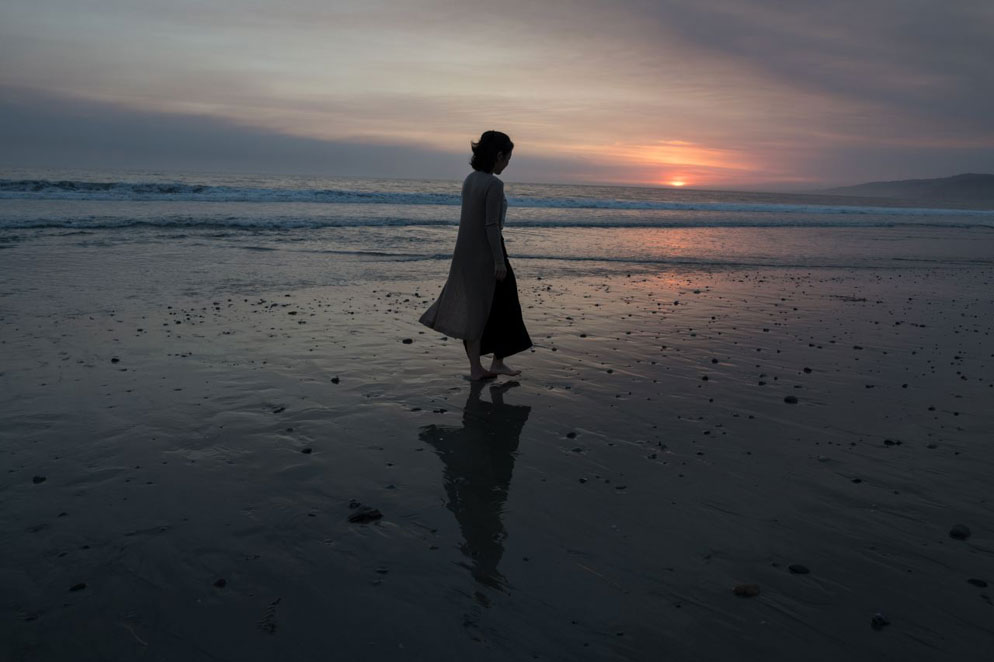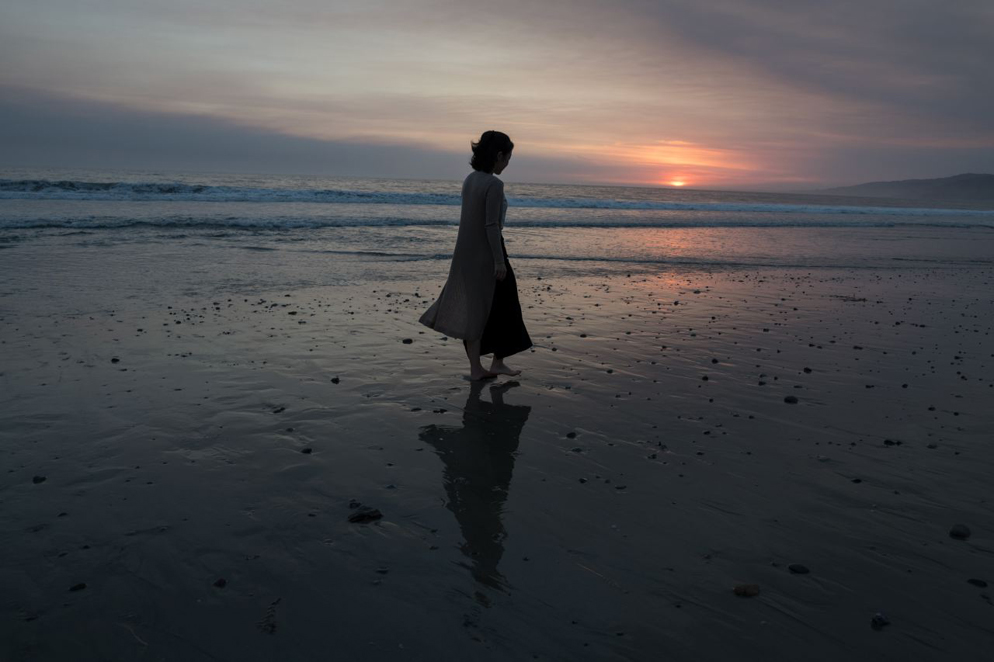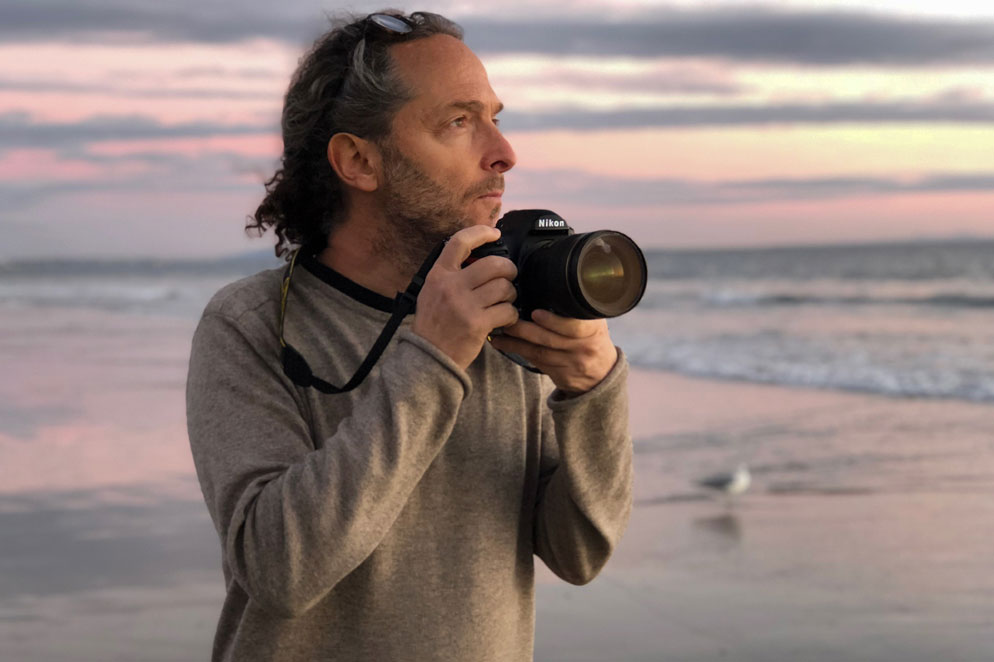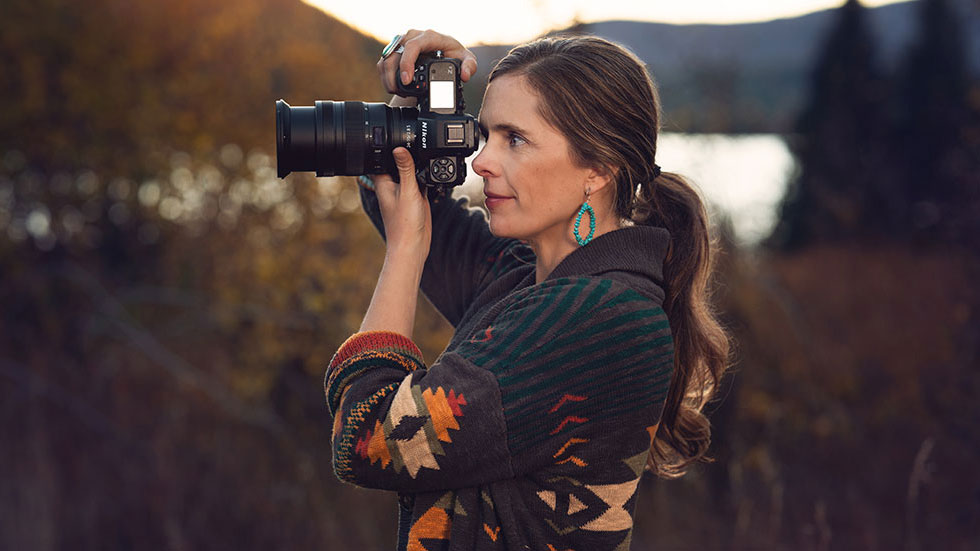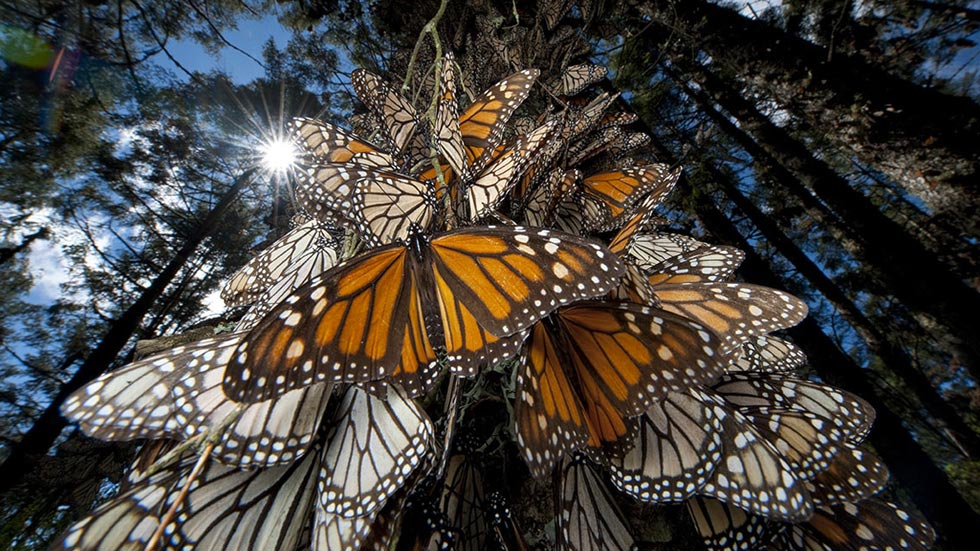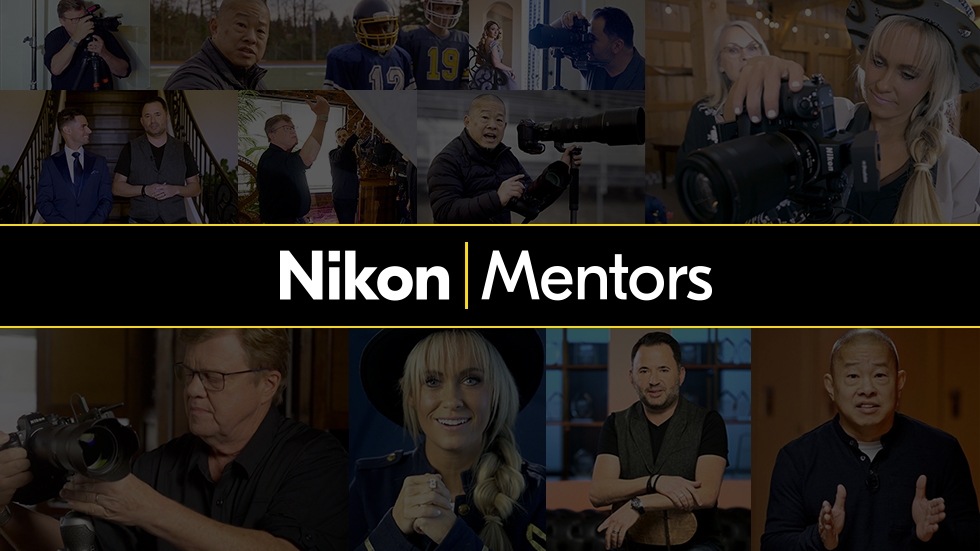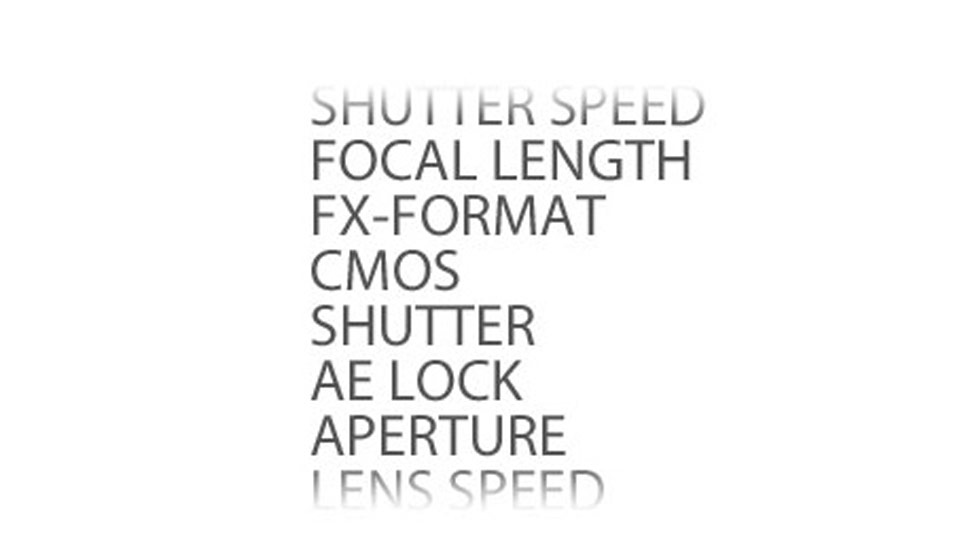Frame of Reference: A D850 Story
On the beach: In the low light of sunset in a cloudy sky, the D850 captures the range of tones in a muted scene.
From time to time we talk about an artist's vision and its relationship to technology, and about how our expertise and innovation gives image makers the tools to realize their ideas—and to inspire some new ones.
We thought about this recently because of a talk we had with cinematographer Emmanuel Lubezki. Chivo—it's the nickname he's known by—has won three Academy Awards for cinematography, for Gravity (2013), Birdman (2014) and The Revenant (2015).
He's also a passionate still photographer, and that's where we come into the picture.
Chivo has lately been shooting with the D850. "I've been a fan of Nikon for a long time," he says, "and actually, growing up, what I wanted to do was to be a still photographer. I still keep that passion alive. I take photos every day. I do it at work, [and] when I'm not working I will take long walks. Like [the director] Pablo Larrain would say—just go and walk to places you usually don't go and you will find something."
His still photography, he says, "may be a way I have for connecting to reality and the present, and for getting ideas for the movies—but mostly it's just what I do."
There are, though, images made for specific purposes. "I travel a lot," Chivo says, "and usually the travel takes me to the places where I'm scouting for a movie. If I'm looking for locations, I can use the camera as a tool to explore [how] these locations are going to look on film. I can use them to have conversations with directors, art directors, casting and wardrobe people."
And the value of the D850? "Having a camera like the D850 helps you create a frame of reference. When you're working with a director, let's say for the first time, it's fantastic to have a camera that can also shoot video because you can take a little video and talk about the scene and the framing. Even if you're doing it wrong, or you don't have the right actors at the moment, you have something that is more concrete...as opposed to just talking about ideas. You already have something right in front of you that you can refer to. Every job I do, I take a camera, and the last few months it has been this one."
Looking Glass
Chivo's shot the D850 with a number of lenses, and his choices are mostly wide-angles. "I don't like to change lenses—I like to go out and walk around with just the camera and one lens, and if I need to get close to the subject, I walk. I like to shoot wide because it allows me to have the subject within the context [of the scene], to capture both with one lens. I was using the 24mm 1.4, but at times, especially in some of the portraits, it was just a bit too wide." He switched to the 28mm f/1.4, and has been very happy with that lens on the D850. "I can go and shoot portraits, landscapes and nature and do it in conditions of lighting that are really rough."
Special Features
This capabilities of the D850 offer something special for Chivo, who is known for his preference, use and control of natural light in his films.
"[Sometimes] it's hard for digital photography to recognize the differences in shades of colors that are so close, but yet not the same—sometimes a camera just cannot see all the different shades of the same colors—but this is not a problem with this camera. [Neither is] shooting dark objects against a bright sky, and having information in the shadows, or having have smooth mid-tones and beautiful skin tones in portraits."
He also cites the speed of the D850's autofocus—"it's amazing how fast it is [for] people in motion and nature in motion"—and the benefit of the camera's tilt screen. "Usually I use the viewfinder to [frame] the photos because that is the way I grew up, looking through the lens. But I also used to have a Yashica and a Rolleiflex, where you get used to seeing [by] putting the camera low and viewing the image. I could connect with my subjects while they were not as aware of what I was doing—as a photographer you were slightly more invisible, in a way." Now, with the D850's tilt screen, he says, "you can be talking to them, you can be directing/manipulating without them being so aware of when you click the camera."
Summing up, he told us, "To me the most important things are [the D850's] dynamic range, the transitions between colors and the low-light capability. I think this camera is by far the most versatile and [gives] the most exquisite image."
And when a visual artist who's been called "one of the best cinematographers of all time" says that about your camera, you want to share the story.
Cinematographer Emmanuel (Chivo) Lubezki.
Photo by Lauren Strogoff

